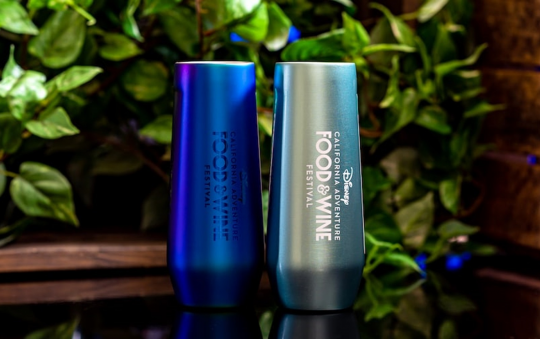
California is in an extreme drought and as regions across the state are enduring these dry summer months, there is a heightened sense of urgency to conserve water. While great progress towards reducing water waste has been made in recent years by embracing water-wise habits, conservation efforts must increase as the state experiences its third consecutive dry year and begins preparations for a fourth. One of the first steps everyone can take is to stay informed.
The Save Our Water program is answering some of the most frequently asked questions about the drought to raise awareness and encourage Californians to reduce their water footprint to protect our limited supply and preserve water for future generations.
“There are a lot of questions regarding California’s drought,” said Maurice Chaney, a spokesperson for Save Our Water. “It’s important for every Californian to stay up to date, spread awareness, and practice some of the most effective ways to limit water waste inside and outside of the home.”
Question 1: What is the definition of a drought?
Answer: A drought is defined as an extended period of abnormally low rainfall, leading to a shortage of water. It is caused by a hotter and drier year. As the frequency of hot years increases due to climate change, the chance of having both a hot year and a dry year coinciding increases, leading to longer and more reoccurring droughts.
Question 2: What makes this drought different than past droughts?
Answer: This year marks the third consecutive dry year with January, February, and March 2022 being the driest months on record dating back over 100 years. Further, the state is now preparing for an anticipated fourth dry year as California’s climate becomes hotter and drier. In response to such extreme conditions, the state is encouraging residents to ramp up their water conservation efforts and is collaborating with local water agencies to spread the word about ways to save water within their communities.
Question 3: What measures have been implemented by the state to conserve water?
Answer: The state is partnering with local water agencies throughout California to ensure that water conservation is not a one-size-fits-all approach and that each region’s drought needs are met. Recently, the California State Water Resources Control Board adopted mandates to combat the extreme drought conditions, including requiring all urban water suppliers to implement actions that lower and limit each household’s water supply by at least 10 to 20 percent and prohibiting the watering of commercial, industrial, and institutional decorative grass or non-functional turf. For specific water conservation regulations in your area and to find more information on rebate programs that help residents cut back on water use, check with your local water agency.
Question 4: How can the average person make a difference in the drought?
Answer: By all doing our part to make water conservation a way of life, every Californian can make a difference. Small actions such as taking shorter showers, running only full loads of laundry and dishwasher cycles, and turning off the faucet when not actively brushing your teeth or shaving can save hundreds of gallons each day. Other ways to make an impact include purchasing water-efficient products such as faucets, toilets, dishwashers, washing machines, sprinklers and shower heads. Visit SaveOurWater.com for more tips and resources on changes you can make now to help stretch the state’s water supply.
Question 5: What are some of the best ways to reduce water waste outside of the home?
Answer: In California, most water waste happens outdoors. One leaky sprinkler wastes more than two full bathtubs a day, while watering the lawn just once can use the same amount of water as 240 toilet flushes. Water can be conserved by continually looking for and fixing leaks, replacing lawns with water-wise, California-native plants, and installing drip irrigation systems and a smart controller to help limit waste.
It is critical for all Californians to understand that drought is a collective problem and that we’re all in this together. By staying informed and practicing water saving habits, residents can help make California’s water last. For more information about the drought and to find water conservation tips, visit saveourwater.com.







